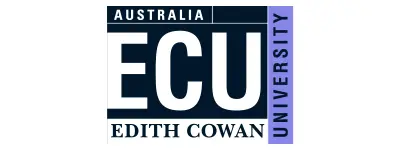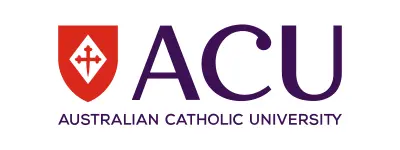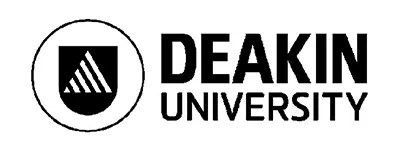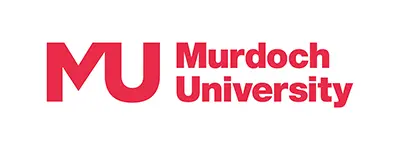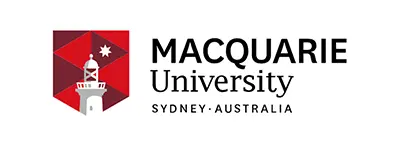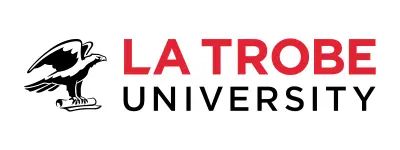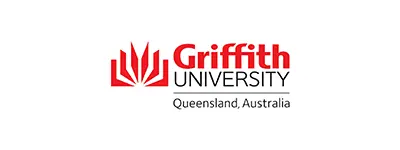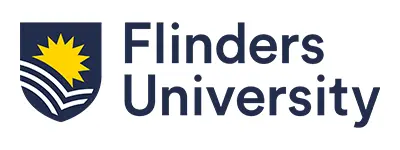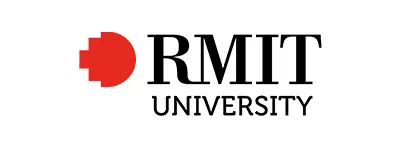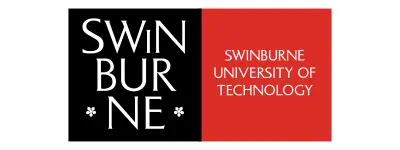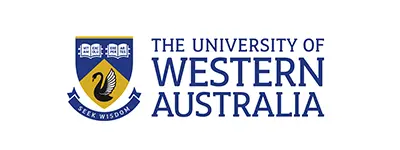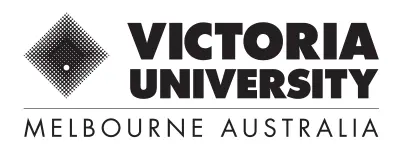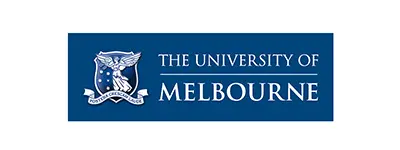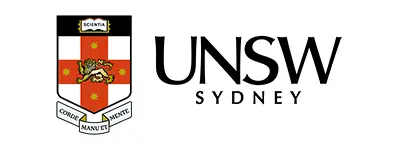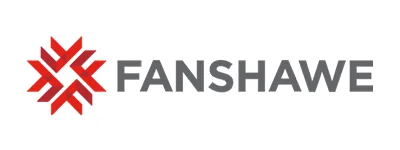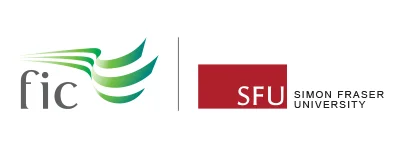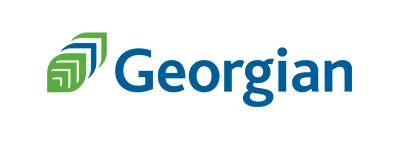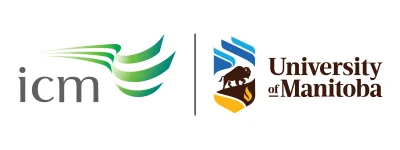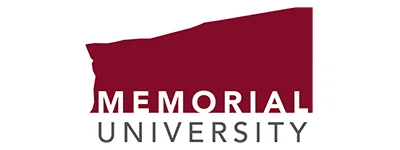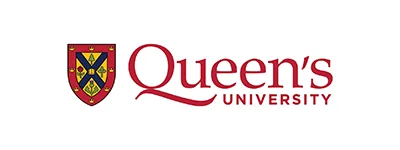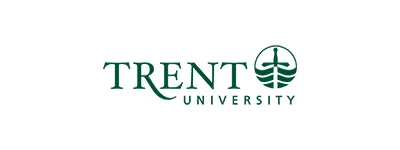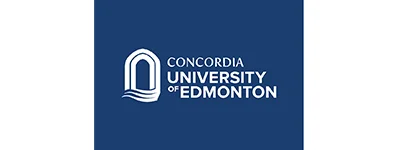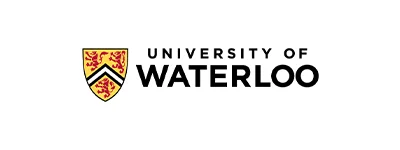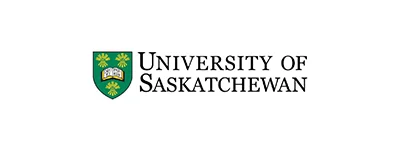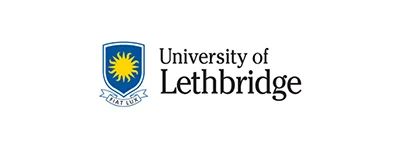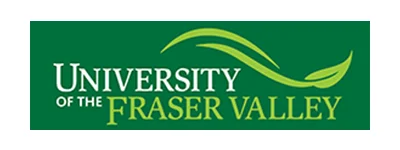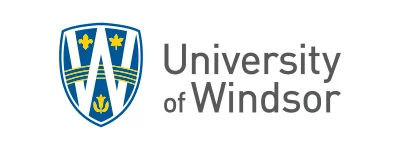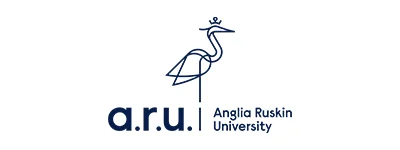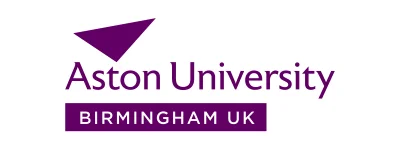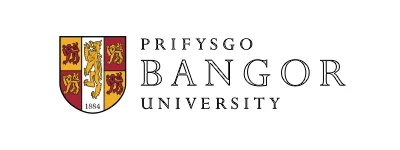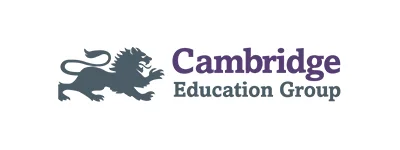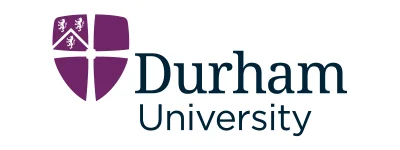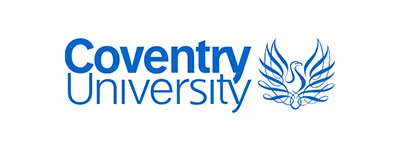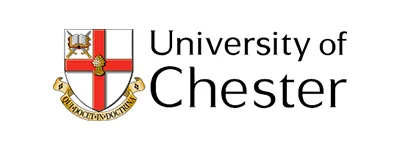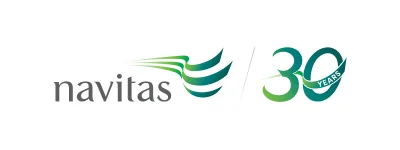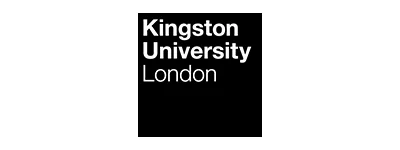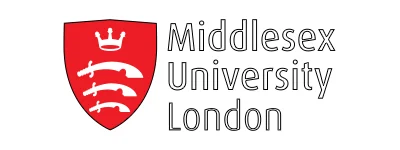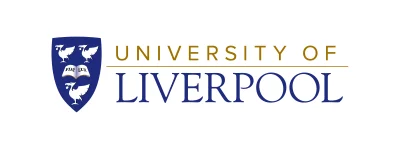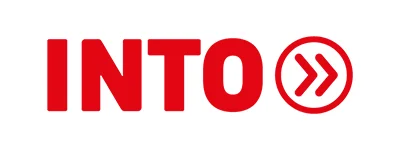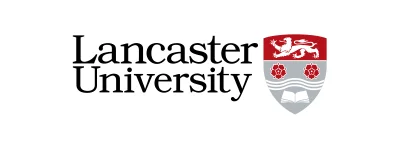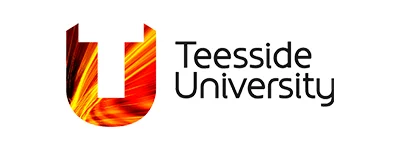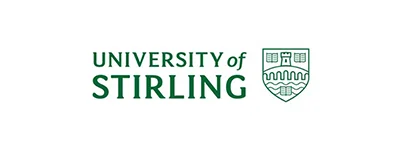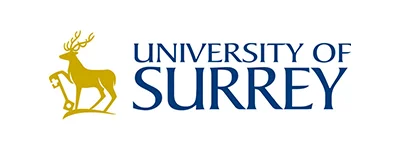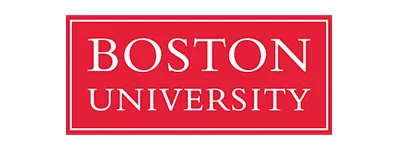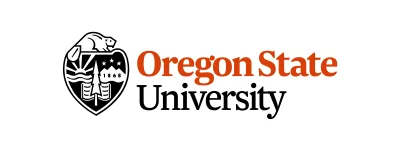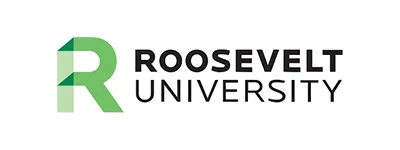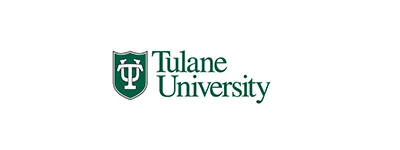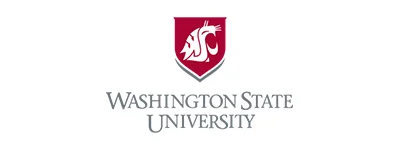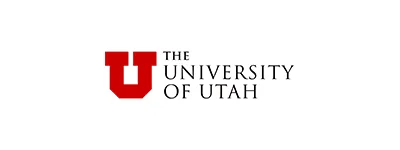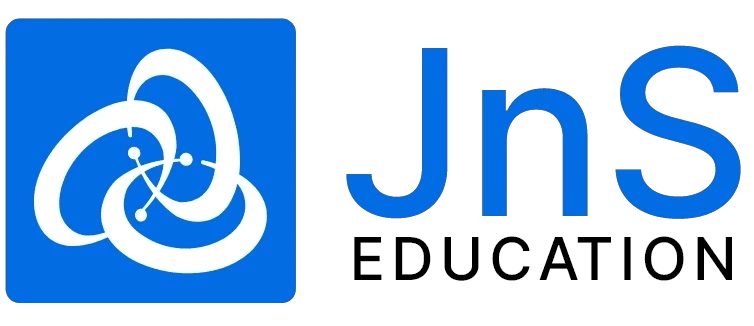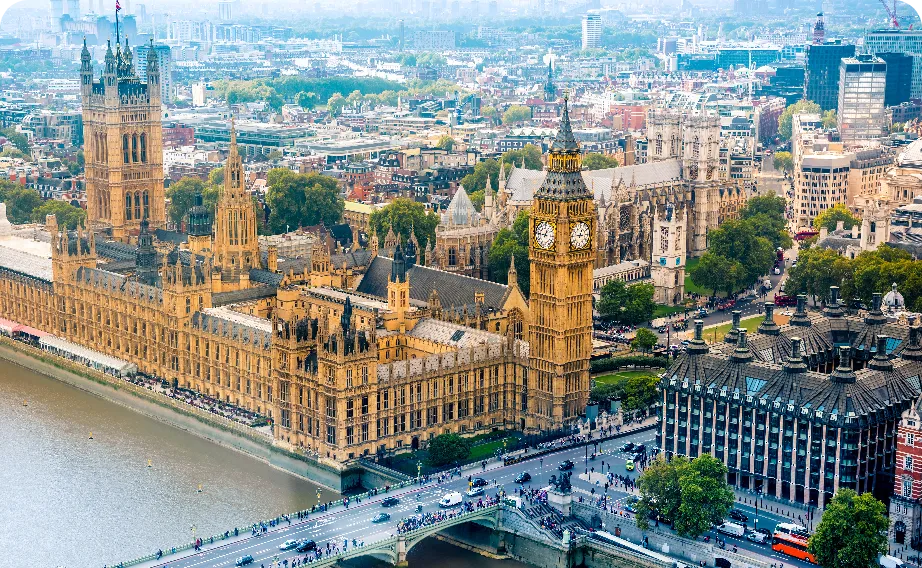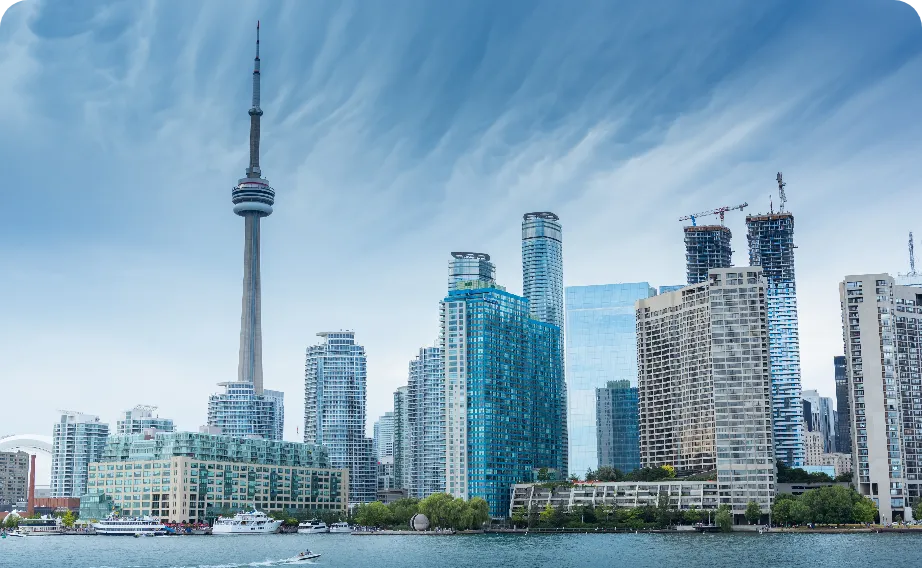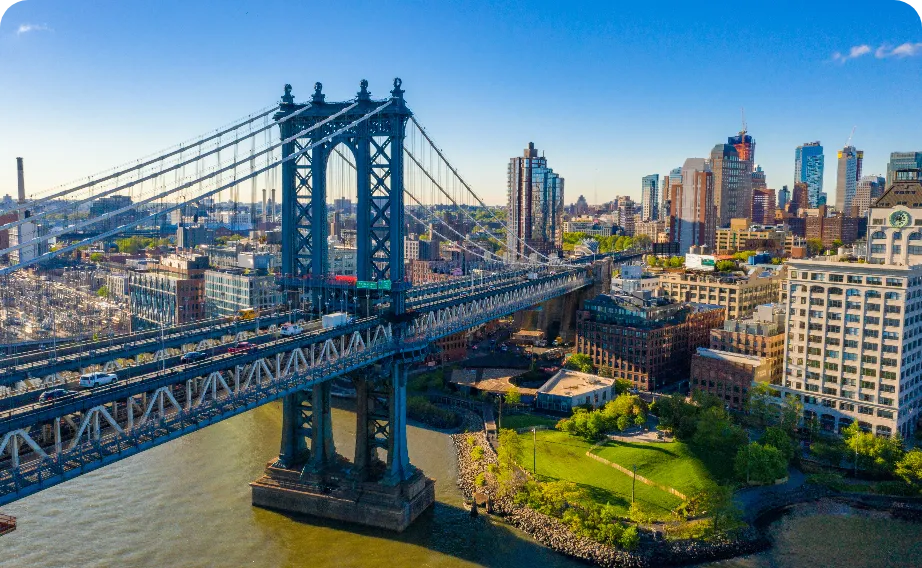Guide to Studying in the United States
Academic Year
September - July
130
Ranked Institutions
218
Listed Institutions
Currency
USD
Study in United States
Why Choose the USA for Your Studies?
Before going to the USA, every student wants to know the importance of studying in the USA. And This Question is Asked by many students: why study in the USA? Regarding the study, the USA is considered the Land of academic excellence, with globally acclaimed universities recognized for brilliance. Dive into recent rankings from the University and witness the status of American Education institutions. USA Universities offer flexibility in education, a Vibrant life culture, and many other benefits that are the dream of every Bahrani student who wants to go abroad for education
Study Option In USA for Pakistani students
Students seeking education abroad in the USA have diverse courses in US universities. Which mainly includes Bachelor Degree programs, specialized master’s degrees, and Foundation courses. American universities provide academic excellence and promote cultural diversity and global mindsets. Choosing the USA isn’t just a decision; it’s a transformative journey for Bahrani students, where educational aspirations meet outstanding opportunities.
Get Guaranteed Admissions from 280+ Institutions
Cost of Studying in the USA
Tuition FEE
The tuition fee in the USA varies based on your degree and institution, ranging from approximately $8,000 to $55,000 annually, covering tuition fees and living expenses.
Courses | Average Fee |
English Language Courses | $8,400 to $25,000 |
Community Colleges | $7,000 to $22,000 |
Undergraduate Degree | $15,000 to $45,000 |
Master Degree Programs | $22,000 to $50,000 |
Doctoral Degree | $28,000 to $60,000 |
Cost of Living
While going to study in the USA, you should Plan your budget with an estimated yearly living cost of $10,000 to $18,000. This will be up to 1000$ per month, and It covers the price of your accommodation, board, meals, travel, textbooks, appropriate clothing for the weather, and entertainment will be covered by this fee
Top Universities in the USA
Explore the leading institutions in the USA that are ready to shape your future
No’s | Top Universities | Average expected Fee |
1 | Harvard University | $75,963 |
2 | Stanford University | $76,029 |
3 | Massachusetts Institute of Technology | $80,850 |
4 | California Institute of Technology | $85,886 |
5 | Princeton University | $75,540 |
6 | University of California, Berkeley | $45,790 |
7 | Yale University | $84,890 |
8 | Columbia University | $86,352 |
9 | The University of Chicago | $86,540 |
10 | University of Pennsylvania | $64,460 |
Admission Intakes
US Universities offer two major intakes every year with addition of summer admission
Fall admissions: These are open in August/September of the year
Spring admissions: Ideal for those missing the Fall intake, and it starts in January
Summer Admissions: This exceptional intake offers Limited programs, typically commencing in May
Top Courses with High Paying Jobs
No’s | courses | Annual Salaries |
1 | Health and Medical Preparatory | $170,000 |
2 | Petroleum Engineering | $160,000 |
3 | Zoology | $150,000 |
4 | Pharmacology | $145,000 |
5 | Economics | $140,000 |
6 | Applied Mathematics | $125,000 |
7 | Actuarial Science | $135,500 |
8 | Engineering and Industrial Management | $130,000
|
9 | Engineering Mechanics, Physics, and Science | $145,000 |
10 | Naval Architecture and Marine Engineering | $140,000 |
11 | Marketing | $130,000 |
Student Visa Requirements in the USA
Visa type | Description |
F Student Visa | For studying at a recognized American university or at an English language institute. The requirements are as follows: A valid passport Form I-20 Your intent to depart the United States upon completion of the course of study (Personal Statement) How you will pay all educational, living and travel costs |
J Exchange Visa |
Ideal for high school or university exchange programs.
|
M Student Visa |
This Visa is particularly meant for non-academic, vocational, or training studies in the USA.
|
JnS Education is here to assist you in fulfilling your dream of studying in the USA by providing Expert study-abroad counseling services. You are just one call away from your journey. Contact us to get the first step toward your Goals.
Dream, Explore, Study Abroad
Studying abroad gives you the chance to explore different cultures as well as gain qualifications that can help you get into your dream career.
Other Study abroad destinations
Frequently Asked Questions
- Immigration
Students having valid F-1 visas are allowed to work part-time during their studies up to 20 hours per week for extra earnings and more than 40 hours per week when there are no classes. There are three employment options available for international students called CPT (Curricular Practical Training), OPT (Optional Practical Training), and on-campus employment. Students who study STEM-approved degrees are eligible for a 2-year extension in OPT.
- Visa
The US colleges and universities accept three common tests. These include the Cambridge Assessment English (CAE), the Test of English as a Foreign Language (TOEFL), and the International English Language Testing System (IELTS).
- Tution Fee & Scholarships
It is challenging to get free education in the USA. Fully-funded or partially-funded scholarships in the USA are also available. The funding amount offered by each scholarship is different based on the applicant's study level, course, and institution.
Many universities in the USA provides scholarship to international students. The funding amount offered by each scholarship is different based on the applicant's study level, course, and institution. The Fulbright scholarship provided by the Government covers full tuition fees.
Discover Partner Universities
